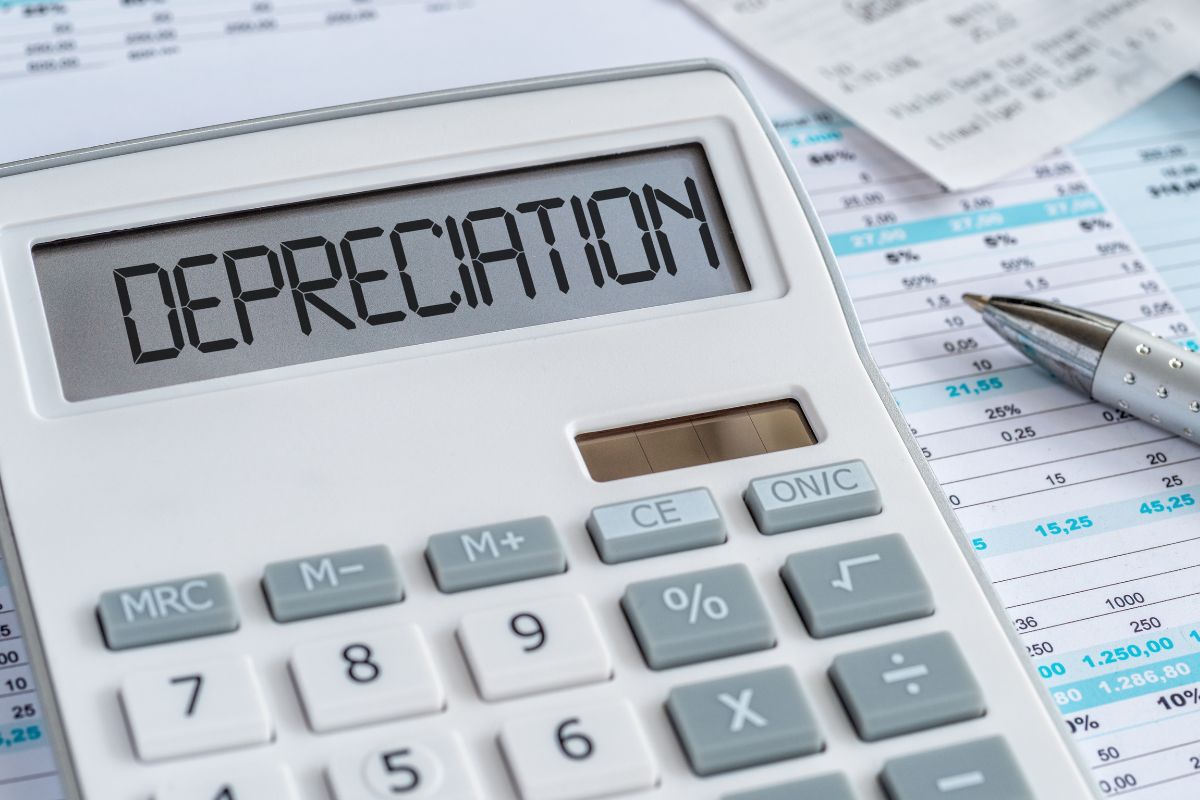In the world of accounting, calculating depreciation is a fundamental aspect of managing a business’s assets accurately.
Among various depreciation methods, the straight line approach stands out for its simplicity and widespread application.
This method evenly spreads the cost of an asset over its useful life, providing a consistent annual depreciation expense.
Understanding how to calculate straight line depreciation and its significance not only ensures compliance with accounting standards like US GAAP but also aids in precise financial planning.
Let’s delve into the calculation process, its importance, and how it compares with other depreciation methodologies.
The Straight Line Depreciation Formula Explained
To calculate straight line depreciation, you need three key pieces of information: the asset’s initial cost, its salvage value (the estimated value at the end of its useful life), and its useful life (the period over which the asset is expected to be used). The formula is straightforward:
Annual Depreciation Expense = (Cost of the Asset – Salvage Value) / Useful Life of the Asset
This formula yields the amount that will be expensed each year, reflecting the asset’s consumption or wear and tear over time.

Why Accuracy Matters
Getting straight line depreciation calculations right is crucial for several reasons:
- Financial Reporting: Accurate depreciation affects a business’s balance sheet and income statement, influencing reported profits and asset valuation.
- Tax Compliance: Depreciation calculations impact tax deductions related to asset depreciation, affecting a company’s tax liabilities.
- Investment Decisions: Understanding how assets depreciate helps businesses make informed decisions about capital investments and asset replacements.
Ensuring accurate depreciation calculations underpins the integrity of financial reporting and strategic planning.
Fitting Into US GAAP
The straight line method’s compatibility with US Generally Accepted Accounting Principles (US GAAP) underscores its importance.
US GAAP requires that depreciation methods be rational and systematic, with straight line depreciation often being the most straightforward choice.
It provides a clear, linear allocation of an asset’s cost, aligning with GAAP’s emphasis on reliability and understandability in financial reporting.
Exploring Alternative Depreciation Methods
While straight line depreciation is widely used, other methods may better suit certain assets or business models:
- Declining Balance Method: Accelerates depreciation expense in the early years of an asset’s life, decreasing over time.
- Units of Production Method: Ties depreciation to the asset’s usage or production, offering a more direct reflection of wear and tear.
- Sum-of-the-Years’ Digits Method: A more accelerated depreciation method that reduces the book value more quickly in the early years compared to the straight line method.
Each of these methods offers different perspectives on asset depreciation, highlighting the need for businesses to choose the most appropriate approach based on their specific circumstances and the nature of their assets.
The Role Of Technology In Simplifying Depreciation Calculations
In today’s digital age, technology plays a pivotal role in simplifying the depreciation calculation process.

Accounting software and specialized depreciation tools have become indispensable assets for businesses seeking to automate and streamline their financial operations.
These technologies not only ensure the accuracy of depreciation calculations but also significantly reduce the time and effort required to manage these tasks manually.
By leveraging software solutions, businesses can effortlessly keep up with the varying depreciation schedules of their assets, adhere to the latest accounting standards, and generate detailed depreciation reports.
The integration of technology in depreciation calculations exemplifies how businesses can enhance operational efficiency and maintain financial accuracy in a complex regulatory landscape.
Strategic Planning and Depreciation: Looking Ahead
Understanding and accurately calculating straight line depreciation is not just about maintaining compliance and accuracy in financial reporting; it’s also about strategic financial planning.
Depreciation affects cash flow projections, budgeting, and financial analysis, making it a critical consideration in both short-term operational decisions and long-term strategic planning.
Businesses that effectively manage and anticipate the depreciation of their assets are better positioned to optimize their investment strategies, plan for asset replacements, and manage their overall financial health.
As such, mastering straight line depreciation is a key strategic advantage, enabling businesses to navigate the financial implications of their assets’ life cycles with confidence and foresight.
The Cornerstone of Asset Management
Mastering straight line depreciation is more than an accounting exercise; it’s a critical component of effective asset management and financial stewardship.
By accurately calculating and applying straight line depreciation, businesses ensure compliance with accounting standards, enhance the accuracy of their financial reporting, and lay a solid foundation for strategic financial planning.
As businesses navigate the complexities of asset management, understanding the nuances of straight line depreciation and other methodologies remains a cornerstone of their financial health and long-term success.











